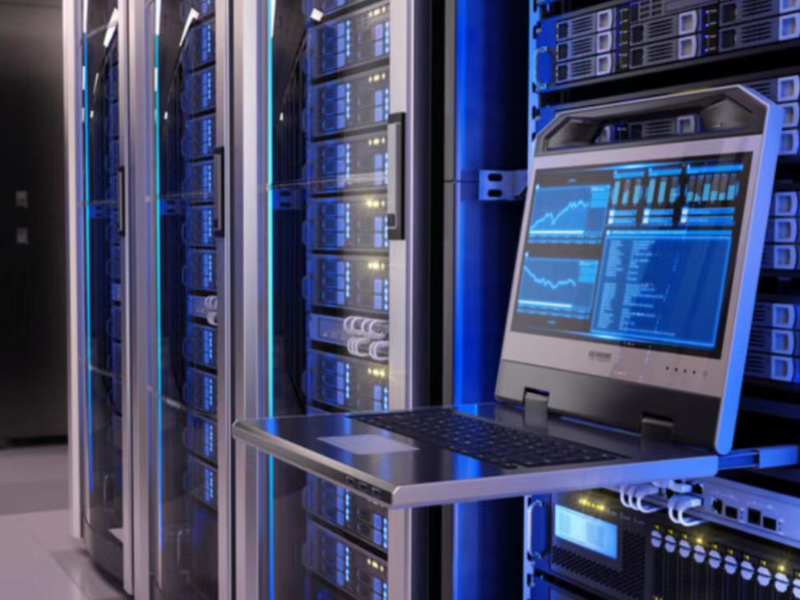- The physical infrastructure is the core of the internet and includes communication lines, routers, switches and data centres.
- Internet operations rely on protocols such as HTTP and TCP. ISPs provide network access services, network traffic management and optimisation and network security services.
- Cloud computing and big data technologies provide elastic computing resources, data storage and analytics services that greatly expand the functionality of the internet.
Creating the infrastructure of the internet is a complex project that involves the integration of multiple key components and technologies. These infrastructures include not only physical hardware, but also specifications, protocols, and services.
Also read: What is internet infrastructure?
Also read: What are the main components of IT infrastructure?
Physical infrastructure
The physical infrastructure is the core of the internet and includes all the hardware facilities used for data transmission, such as communication lines, routers, switches, and data centres.
Communication lines include fibre optics, copper wires and satellite links, which form the backbone of global data transmission. Optical fibre is the most commonly used medium for data transmission due to its high speed and capacity.
Routers and switches are responsible for the transmission and routing of data through the network. Routers connect different networks, while switches are used for data transmission within the same network.
Data centres store and process data and host internet services and applications. Equipped with a large number of servers, storage devices and network hardware, data centres are the central location for internet data processing and storage.
Also read: How to design a secure network infrastructure?
Protocols and standards
The operation of the internet relies on several protocols and technical standards that define how data is transmitted across the network.
Transmission Control Protocol/Internet Protocol (TCP/IP) is the internet’s most basic communications protocol, defining how packets of data are securely and reliably transmitted across the network from source to destination.
DNS (Domain Name System) translates human-friendly domain names (e.g. www.example.com) into machine-understandable IP addresses (e.g. 192.0.2.1).
Hypertext Transfer Protocol (HTTP) and Secure Sockets Layer (SSL)/Transport Layer Security (TLS) are used for the transmission of web page data and encryption, respectively, to ensure secure data transmission.
Internet service provider (ISP)
ISPs are the vital link between consumers and the global internet. They provide the network access needed from homes to businesses. ISPs offer dial-up, broadband, direct fibre-optic connections, and many other forms of internet access to their subscribers.
ISPs ensure that data is transmitted quickly and efficiently through a variety of routing protocols and network management techniques. Many ISPs provide firewall, antivirus and intrusion detection services to enhance end-user network security.
Cloud computing and big data technologies
Cloud service platforms, such as Amazon Web Services, Microsoft Azure and Google Cloud Platform, provide server, storage and network services that enable enterprises and developers to deploy and manage applications globally.
Big data technologies can process and analyse huge data sets collected from the internet, helping businesses to derive insights, optimise services and predict market trends.

